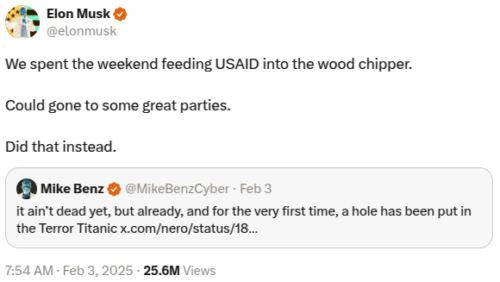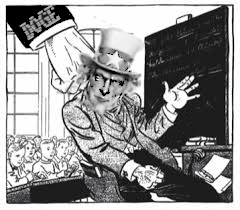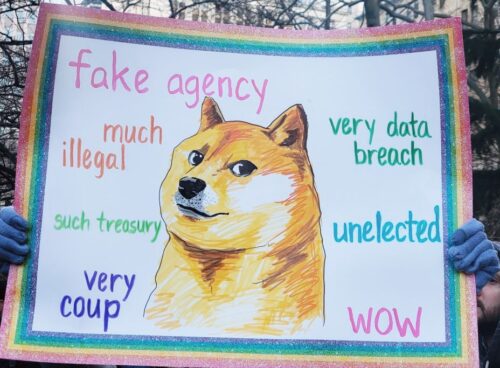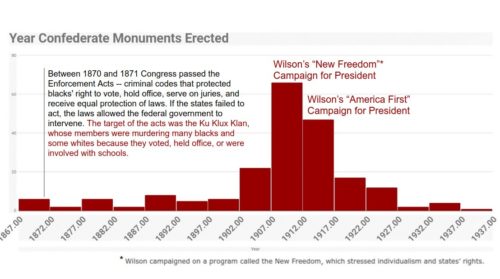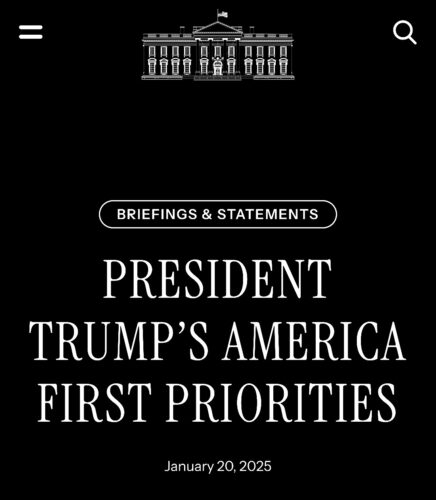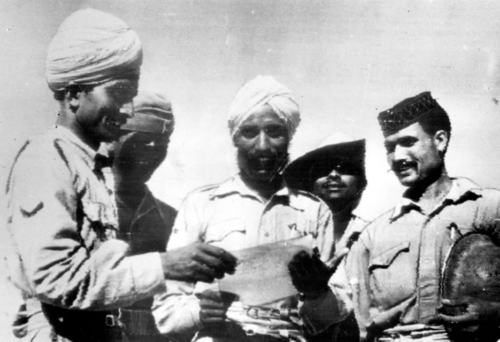Elon Musk’s opposition to USAID seems unhinged, like a drunken fool trying to launch rockets at perceived monsters under his own bed. The casual observer might wonder why, what’s so special about USAID to the man throwing Hitler salutes at his political rallies?
The emotional outbursts are in fact not just ideological (white supremacist false notions of “efficiency” meant to remove all non-white power in America), they are deeply personal and tied to memories of watching international pressure dismantle his family’s system of South African racist power and privilege.
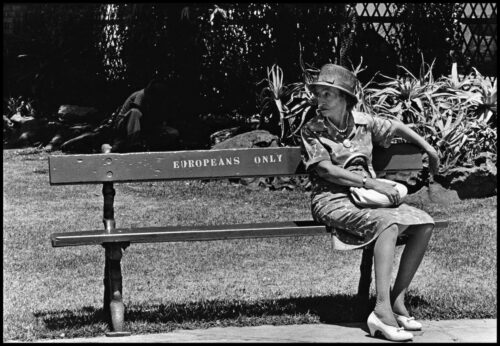
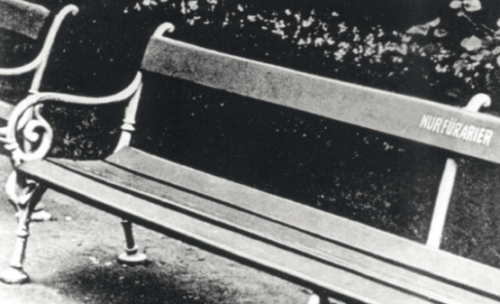
To put it simply, the military formation of Green Berets by President JFK had a civilian counterpart called USAID. Quiet professional experts were deployed as “boots on the ground” during Cold War decolonization, to push and spread democracy around the world. USAID very visibly helped bring apartheid to an end around 1988, which just happens to be the year Elon Musk and his family abruptly fled South Africa – illegally immigrated to America to launder his family’s apartheid fortunes through tech startups like PayPal and so… he says now he will kill USAID (after mocking suicide of a Green Beret)
As a historian, let me break down a crucial yet completely overlooked context for what belatedly is being recognized as the most dangerous national security threat to America causing its biggest breach in history.
When we analyze potential targets in America of white supremacist groups, particularly those with South African connections, we need to understand why and how USAID holds very special significance in their ideology even today.
Consider this: A white South African born in 1971 would have watched USAID systematically dismantle perceived white racial dominance throughout their teenage years. It wasn’t just about the money, given USAID successfully built Black power structures that directly challenged Musk’s family “whites-only” position of authority:
- Economic: USAID funded Black-owned businesses and labor unions
- Legal: Provided resources for anti-apartheid legal defense
- Educational: Bypassed Bantu education to create alternative schooling
- Media: Supported independent Black press
Imagine Elon as a teenager being raised in the bubble of immoral apartheid privileges his grandfather had specially curated by fleeing Canada after Hitler lost WWII, watching USAID methodically fund democratic and freedom organizations his family labeled as “terrorists” for helping Blacks.
[Elon’s mother and family] came to South Africa from Canada because they sympathised with the Afrikaner government. They used to support Hitler and all that sort of stuff.
Musk’s family faced a harsh reality of international sanctions. Hitler-worshipping Nazi-adjacent violent direct threats to society no longer got a free ride. Even the horribly racist President Ronald Reagan no longer could help them (his pro-apartheid disinformation-riddled veto overridden), as USAID channelled millions into democratic and equitable community development of South Africa.
Note: H.R. 4868, which passed over the President’s veto on [1986] October 2, was assigned Public Law No. 99 – 440.
1984-1985: USAID launches its first major programs in South Africa, initially providing about $10 million annually, focused on scholarships for Black students and support for civil rights organizations.
1986 as crucial year (Elon aged 15):
- The Comprehensive Anti-Apartheid Act passes in October overriding Reagan
- USAID funding increases significantly
- Programs expand to include legal aid for anti-apartheid activists
- Support begins for Black labor unions and community organizations
1987-1989: USAID becomes increasingly visible as it:
- Funds Black community newspapers
- Supports alternative education programs outside the Bantu education system
- Provides grants to civil rights organizations documenting apartheid abuses
Funds Black community newspapers?
ZOMG criminals!

God forbid what Elon Musk thought when he discovered Black Twitter! His family couldn’t stand to live in a country with Black newspapers. Do you wonder anymore why he would buy a giant media platform in America to rebrand it with obvious Nazi swastikas, fill it with Nazi hate speech, then use it to pump out Nazi merch and Hitler salutes?
From a threat modeling perspective, the 1980s USAID success in ending the white supremacist government in Africa creates a uniquely personal motivation for those enemies of America. We’re not just talking about abstract ideological opposition. We’re dealing with individuals like Peter Thiel and Elon Musk who view USAID as the American organization that “betrayed” their “superior” race during their formative years.
This historical context makes USAID a very high-value symbolic target, particularly for individuals now rapidly amassing abrupt positions of national authority that have all the hallmarks of an African coup. Their grudge isn’t just some political or economic “efficiency” story of 2025 since it is driven by teenage memories of being denied a future of white nationalist state plunder, overtly connected to USAID’s strategic intervention.
Risk mitigation strategy needs to account for this historical trauma-driven targeting by Elon Musk and his mercenary force presently compromising and dismantling federal systems.
Modern national security experts must consider that American adversaries seizing control of federal government don’t just see USAID as generic targeting, but as a decades-old personal enemy they want to destroy using highly symbolic revenge theatrics.
